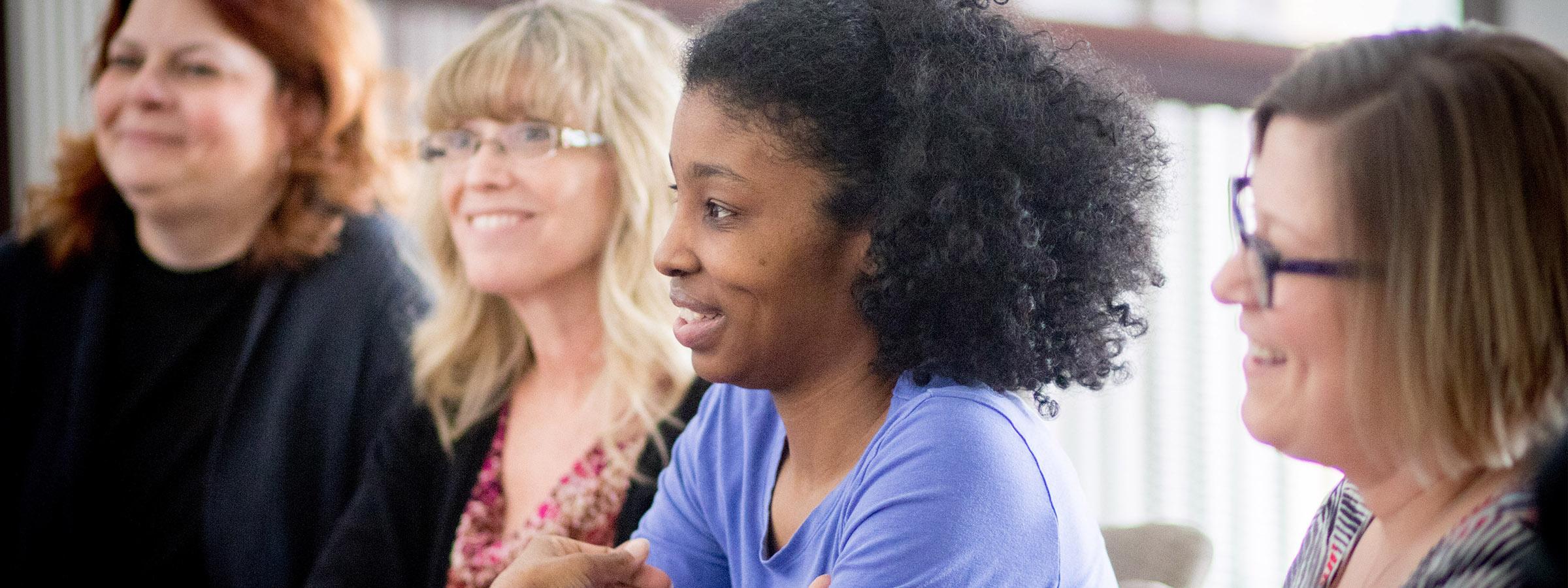Article
How to build a 21st-century health workforce
By Jenny Englerth | May 22, 2018

As CEO of Family First Health, a federally qualified health center in South Central Pennsylvania, I've had to wrestle firsthand with that question, and others — how should we nurture our employees? How do we build a culture of mutual respect and teamwork? How do we create jobs that suit our employees' lives?
Family First Health faced additional challenges to recruiting and retaining the workforce needed to meet growing patient demand, including a limited hierarchy which translates to limited opportunities for traditional advancement.
That meant we were going to have to look outside the typical physician applicant pool to grow our staff. What I learned on that journey may surprise you — and, I hope, inspire you.
Hiring and Training
When I came to Family First 13 years ago, we had a male-dominated provider pool and leadership that was heavily weighted toward male. Today our workforce is 91 percent female and 33 percent people of color.
How did that happen? We needed to attract people who were interested in building something, who knew it wouldn't be perfect right out of the gate, who were entrepreneurial in spirit and comfortable with ambiguity.
It turned out that our existing female workforce and candidates usually latched on to this idea more quickly and with greater enthusiasm than their male counterparts.
It's natural for any of us to gravitate to folks who look like us, who share our experiences, who feel familiar – but often what a strong team needs is someone different, someone who complements or even disrupts the status quo. At Family First Health, we began by fostering confidence, focusing on personal development and self-awareness among our managers, knowing that it takes tremendous confidence to hire and motivate someone whose strengths may seemingly highlight our own weaknesses.
This approach to hiring created an organization where 90 percent of our leadership positions– meaning anyone who supervises a person or program –is now female, compared to 21 percent in the rest of healthcare.
A marathon, not a sprint
Hiring so many female providers forced us early on to think about how teams work together to deliver care. Family First Health has a large roster of physician assistants and nurse practitioners and relies on these advanced practice providers as much as on our physicians – all care is delivered by the team.
Knowing there are other members of the team to support the patient allows caregivers to work the kinds of flexible schedules that many women need to stay engaged in the workforce and on track for career advancement. We work with whatever schedule a good candidate is looking for, and we structure our clinical work teams to accommodate a non-traditional work week.
To me, this is really an extension of our model for taking care of patients – we apply that same family medicine model and perspective to our workforce. That means if someone needs to scale back her responsibilities, that's okay – it's a marathon, not a sprint. Same thing if you need to leave early to pick up your sick kid: Regardless of your role in the organization, you know your patients are cared for, because the rest of the team is there to cover you.
The outcomes align
Seeing this mutual respect play out at every level of our organization has been a huge contributor to improved engagement and retention among our workforce.
Over the past three years, we have seen our turnover rate among providers go from 36 percent to just 13 percent, a sign that our employees are aligned with and appreciate the workplace we are building. Our employee net promoter scores for the entire staff increased 60 percent over the same time period.
I take this as proof that a focus on building lasting relationships is the best way for healthcare leaders to nurture a workforce. Our employees are going to be working for a very long time, and we want to help them maintain that long work life.
The organizations offering employment that's varied, flexible, and built on mutual respect will win in this changing and increasingly competitive landscape of healthcare.
Jenny Englerth is CEO of Family First Health.







